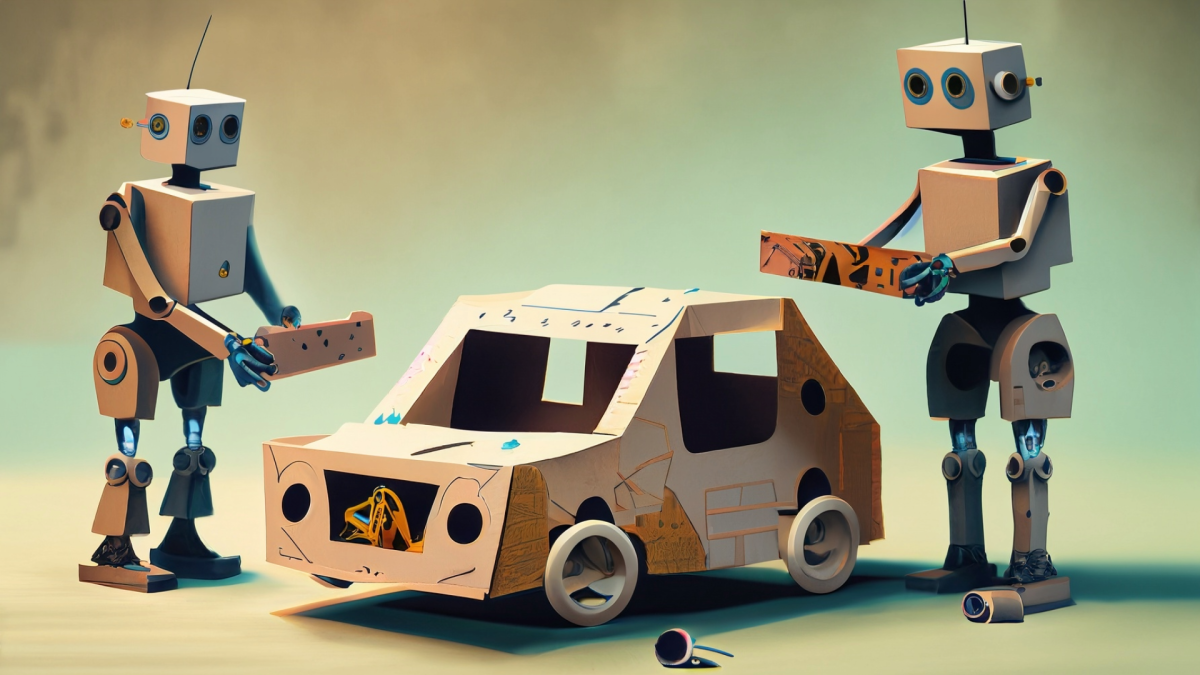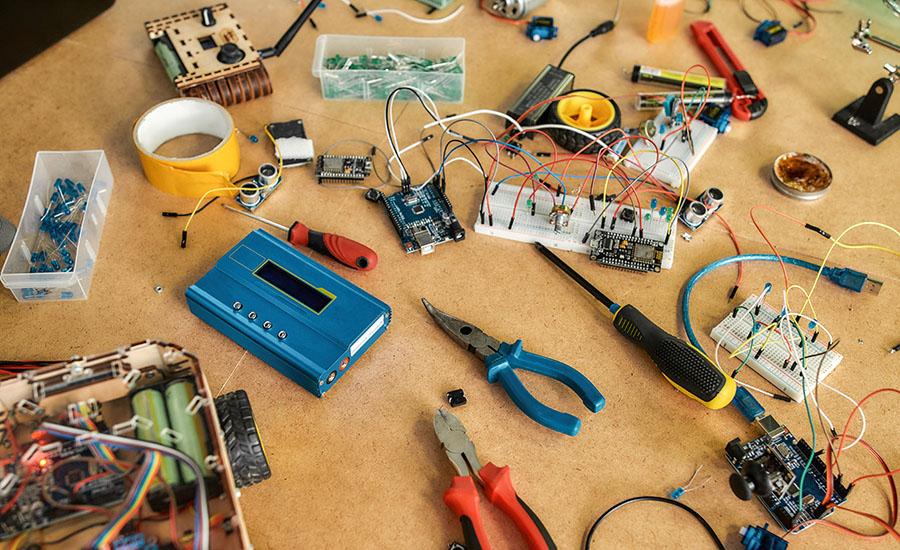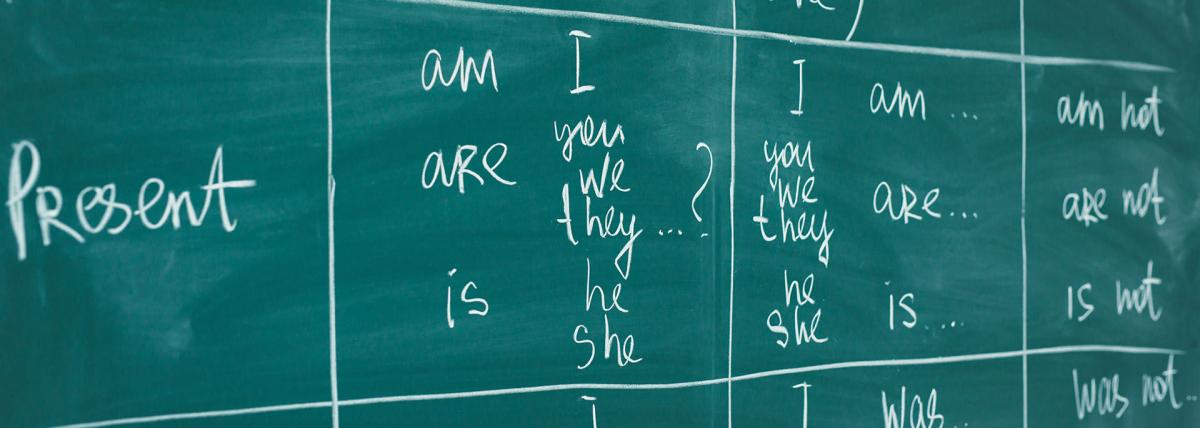
Modeling Eclipses
by [node:author:field_name_first] [node:author:field_name_last]
In this lesson, students will observe the geometry of lunar and solar eclipses by creating a physical, proportional model of the Earth and Moon system and observing shadows.
Lesson Plan Link/URL
https://docs.google.com/presentation/d/1rI-2yU-cG00H6oWvjJ8Nxxsd2CsduqnB/edit?u…Subject Area
Science Earth and Space Science E2: Earth & the Universe Engineering S4: Apply Science to Engineering Mathematics Measurement and Data (MD) Geometry (G) Ratio and Proportion (RP)
Featured
Off
Related Content

Grades:
6th Grade, 7th Grade, 8th Grade
This lesson uses the knowledge of circuits (lessons 1 and 2) to make a battery-powered car. We used a tutorial from Tinkercad and designed our own body of a car. Then, I printed their cars. They

